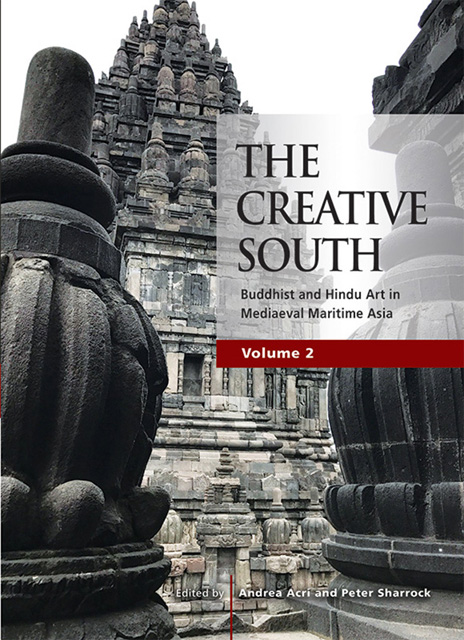Chapter 4 - The Scheme of Borobudur
Published online by Cambridge University Press: 30 June 2023
Summary
INTRODUCTION
Borobudur sits right in the centre of the island of Java. When it was rediscovered in 1814, this magnificent temple was buried in the jungle, and Java at that time was under the British rule. Attempts to solve the mysteries of Borobudur started soon thereafter.
In 1927 Krom listed nearly 300 publications related to Borobudur studies already in print. Toward the end of the 20th century this number has grown to over 500. Study after study has attempted to reveal the monument's origin, meaning, or function. And yet, from these studies and at least from the time Borobudur undergone the first major restoration (1907–1911), it has also become clear that we do not have any lucid historical data beyond what is left of the structure itself. This has not only hampered any attempts to understand Borobudur as a whole, but also led to more and more controversies. One can see the debate developing over time and through many eminent scholars’ contributions to Borobudur studies.
Divergences are quite healthy and fairly common in scholarship when they lead us to enhance our understanding of the subject matter. But when we examine how these divergences have arisen and developed in Borobudur studies, the result is not very encouraging. We find some alarming indications that raise even more substantial questions about the processes with which studies on Borobudur have been carried out. Perhaps it suffices to say for the moment that, facing such a vicious circle, no one needs to wonder any longer why the current state of knowledge of Borobudur is so confusing. At least, when the word ‘mystery’ in Borobudur studies presents itself, one may now realize that after almost two centuries from the rediscovery of Borobudur the word is more likely an expression of desperation than wonder. Until recently there has been no solid answer to many fundamental problems of Borobudur: no clear explanation or consensus on what Borobudur is, why the builders built it, not even about the meaning of its name. As such, despite the long history of Borobudur studies, there has been so far no indication that we are getting closer to attaining the goal of an improved understanding of the monument.
- Type
- Chapter
- Information
- The Creative SouthBuddhist and Hindu Art in Mediaeval Maritime Asia, pp. 55 - 73Publisher: ISEAS–Yusof Ishak InstitutePrint publication year: 2022



